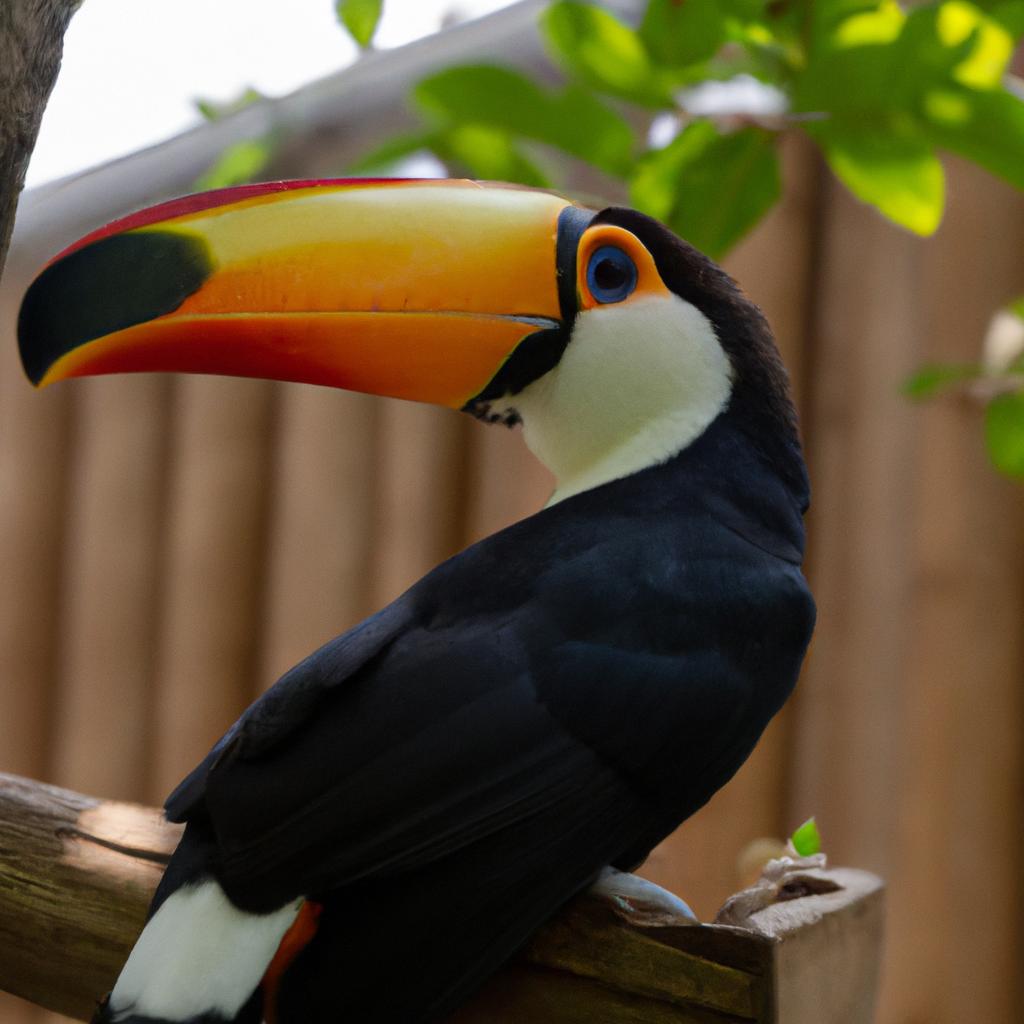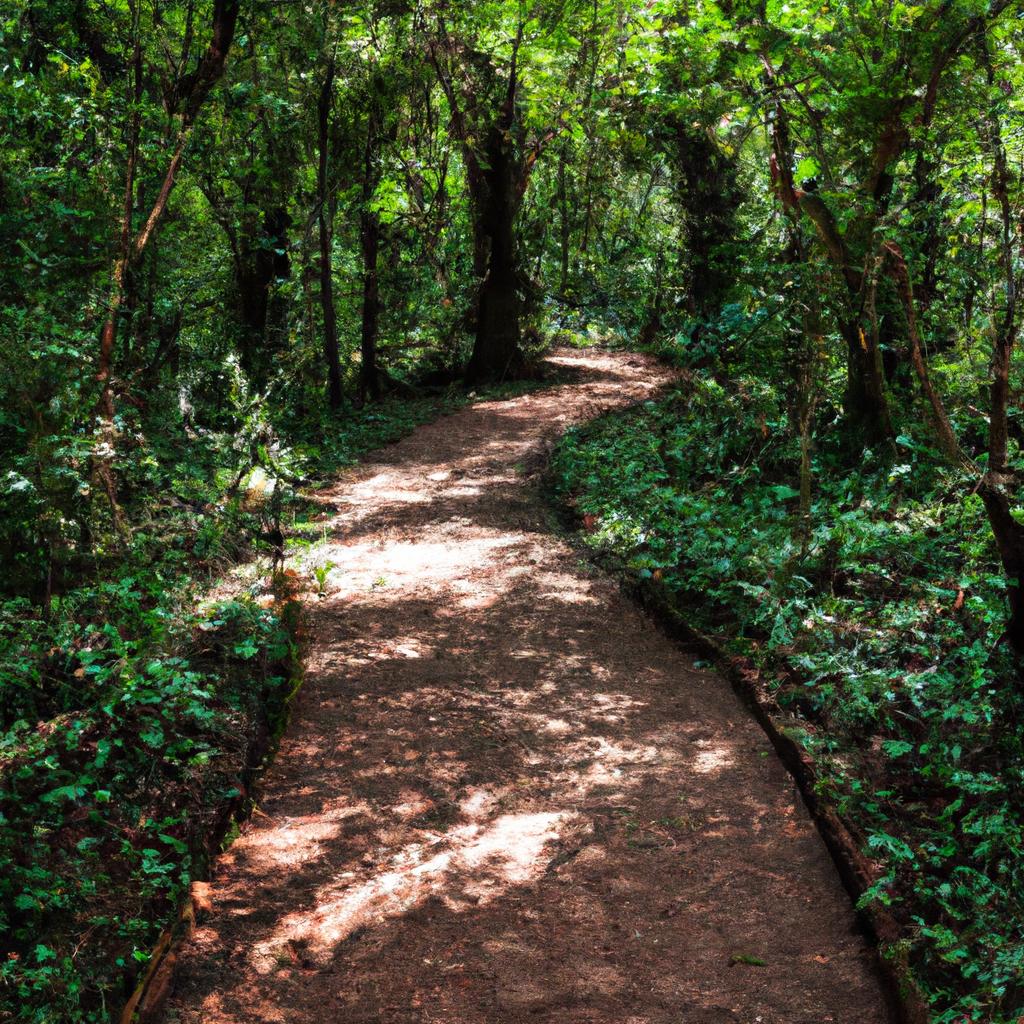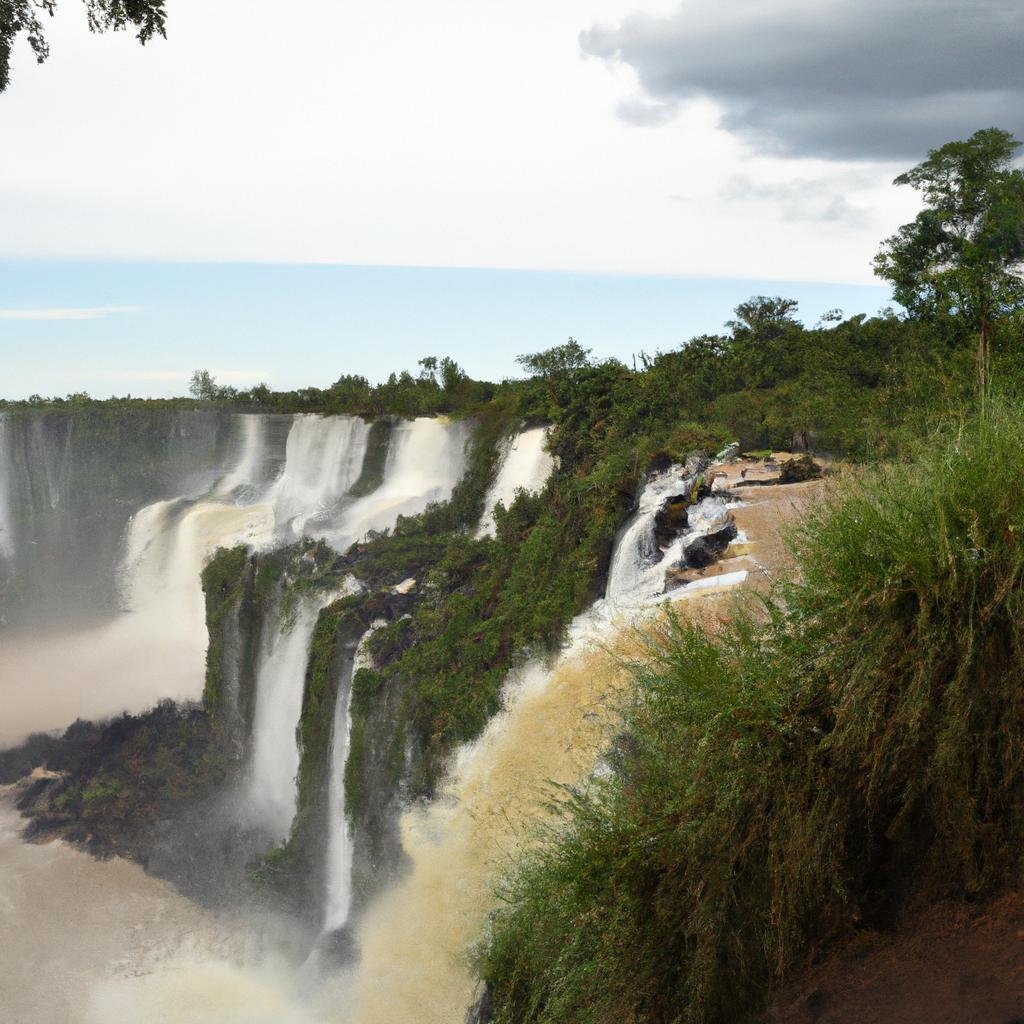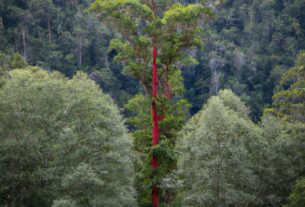The Iguazu National Park, nestled on the border of Brazil and Argentina, is a breathtaking natural wonder that captivates the hearts of all who visit. Its crown jewel, the Iguazu Falls, is one of the most awe-inspiring attractions in the world. This UNESCO World Heritage Site promises an unforgettable experience for nature enthusiasts and adventure seekers alike.
Location and Geography

The toucan is one of the many bird species that call the Iguazu National Park home
Situated at the heart of the South American continent, the Iguazu National Park spans over 2,000 square kilometers across Brazil and Argentina. While the majority of the falls reside on the Argentine side, the park showcases an impressive variety of flora and fauna. With over 2,000 plant species and 400 bird species, the park’s landscape boasts lush rainforests, meandering rivers, and towering cliffs. The Iguazu River, which flows through the park, feeds over 275 waterfalls, with the magnificent Devil’s Throat standing out. At an impressive height of over 80 meters, the falls create a mesmerizing mist that can be seen from miles away.
For those seeking an unforgettable experience, the Iguazu National Park offers numerous activities such as hiking, kayaking, and even helicopter tours to truly immerse oneself in the park’s beauty.
Flora and Fauna

Boat tours are a popular activity for tourists visiting the Iguazu National Park
The Iguazu National Park boasts an incredible array of plant and animal species, many of which are unique to the area. Its rainforests are among the most biologically diverse in the world, featuring over 2,000 species of plants and trees. The park is also home to a captivating variety of animals, including jaguars, pumas, and tapirs.
One of the park’s iconic inhabitants is the toucan, a colorful bird renowned for its distinctive large beak. Several species of toucans, including the Toco Toucan, the largest of its kind, grace the park with their presence. Visitors can spot these fascinating birds perched in trees or soaring through the air, creating an enchanting sight.
The Iguazu National Park plays a vital role in protecting the region’s diverse ecosystem. Through ongoing conservation initiatives, the park aims to preserve endangered species and restore their natural habitats. This dedication to environmental conservation makes the park an essential destination for those interested in sustainable tourism.
The Iguazu Falls

Hiking trails offer a chance to explore the park’s rich biodiversity
The Iguazu Falls, the centerpiece of the Iguazu National Park, stand as a testament to nature’s grandeur. With over 275 individual falls varying in size, the falls mesmerize visitors with their awe-inspiring beauty. The pinnacle of this wonder is the legendary Devil’s Throat, a colossal waterfall reaching over 80 meters in height, surrounded by a mystical cloud of mist.
The history of the falls dates back centuries to the indigenous Guarani people, who believed that the falls were a divine gift. Discovered by European explorers in the late 16th century, the falls have since become one of South America’s most sought-after tourist destinations.
Visitors can experience the falls’ magnificence through various activities, including boat rides, hiking along the park’s extensive trails, and indulging in helicopter tours. The park’s strategically positioned lookout points also provide breathtaking views of the falls from different perspectives.
Beyond its natural allure, the Iguazu Falls also play a crucial role in generating hydroelectric power for the region. Harnessing nature’s energy, the falls supply electricity to numerous cities nearby. This intersection of nature and technology further underscores the falls’ significance.
Cultural Significance

The Iguazu National Park is home to over 2,000 species of butterflies
The Iguazu National Park boasts a rich cultural heritage that spans thousands of years. Revered by the indigenous Guarani people, the park holds sacred grounds believed to harbor powerful spirits, with the falls serving as a gateway to the spiritual realm.
Preserving the cultural heritage of the Guarani people is paramount to the park’s identity, evident in guided tours and cultural exhibits that educate visitors about their traditions and customs. The park’s architecture and infrastructure also reflect this commitment, with the visitor center designed in the traditional Guarani style, and the park’s facilities carefully built to minimize environmental impact.
Sustainable Tourism
The Iguazu National Park exemplifies sustainable tourism in action. The park’s conservation efforts integrate seamlessly with its tourism industry, with visitor revenue reinvested in initiatives to safeguard the park’s natural wonders.
Sustainable tourism initiatives include waste reduction, water conservation, and minimizing the park’s carbon footprint. Collaborating with local communities, the park promotes sustainable practices and creates economic opportunities for residents.
The “Leave No Trace” program stands as a highlight among the park’s sustainability efforts. Encouraging visitors to take responsibility for their ecological impact, the program provides information on how to preserve the fragile ecosystem and protect the park’s natural beauty for future generations.
Conclusion
The Iguazu National Park is an unrivaled natural gem, housing some of the world’s most remarkable waterfalls and an astonishing array of flora and fauna. The park’s cultural significance and commitment to sustainable tourism make it a destination of utmost importance for nature enthusiasts and advocates of environmental conservation.
At TooLacks, we strive to celebrate the Earth’s natural beauty and champion sustainable tourism practices that preserve our planet’s delicate ecosystems. The Iguazu National Park serves as a shining example of how tourism can protect the environment and foster economic growth within local communities. We urge everyone to visit the park and experience its unparalleled beauty while being mindful of our impact on the environment.



